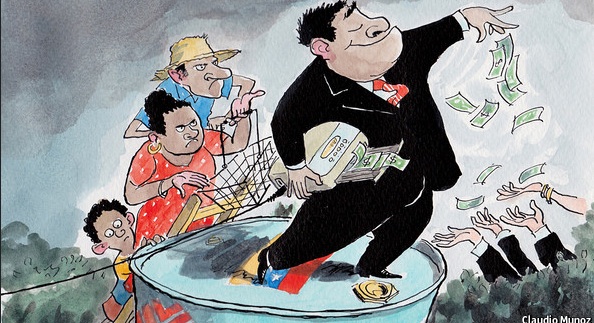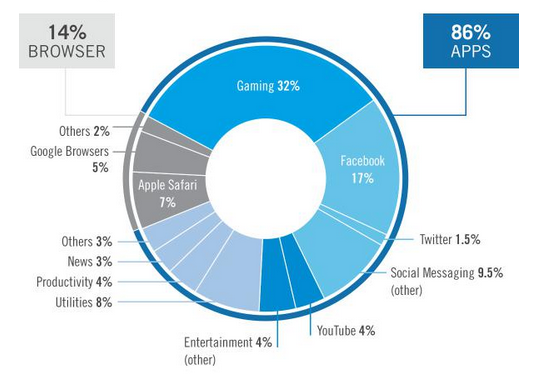Josephine Tovey writes: This week the coffee giant launched an initiative called “Race Together”, which aims to encourage discussions about race and racial equality over grande frappuccinos.
The move came about in response to what Starbucks refers to as the “racially charged tragedies” that have unfolded across America lately – namely the shooting deaths of unarmed young black men like Michael Brown in Ferguson, Missouri, and the choking death of Eric Garner in New York, both by white police officers, sparking furious protest and public debate.
In response, the organisation is encouraging its employees to write the words “Race Together” on their paper coffee cups and try to start a conversation with customers about race.
“We at Starbucks should be willing to talk about these issues in America. Not to point fingers or to place blame, and not because we have answers, but because staying silent is not who we are,” said Howard Schultz, CEO of Starbucks.
“What if our customers, as a result of that [discussion], had a renewed level of understanding and sensitivity about the issue? And they themselves would spread that to their own sphere of influence?”
Schultz’s professed concern about racial equality seems laudable on the surface and has received some support. But overwhelmingly the campaign has attracted a grande level of backlash and a feeding frenzy of mockery on Twitter about its execution, as well as scepticism about whose interests it actually serves.
As many customers have pointed out, the set-up at Starbucks, which is essentially a fast-food cafe, is also hardly conducive for conversation at all, let alone one about race.
Transactions there are short and impersonal, despite their best attempts to write your name on your cup (“it’s Jo not Joan, but never mind”). You stand in line, give your order to one person who takes your money, move down the line and take your coffee off another person, and then either leave or go to a table.
Where in this process is a nuanced discussion about police brutality supposed to take place? The campaign apparently was born out of forums Starbucks held with its own employees where they discussed racism that they had faced, but the possibility of replicating this with customers seems remote.









